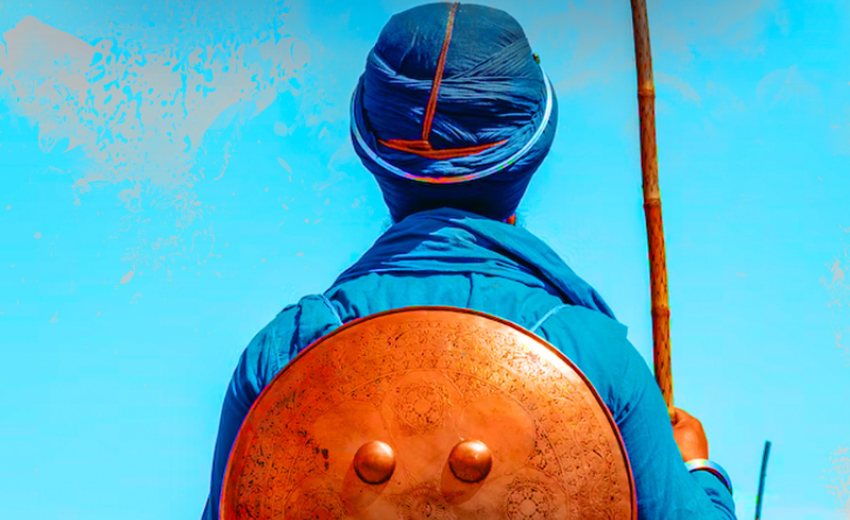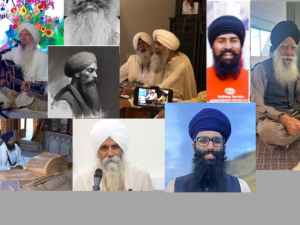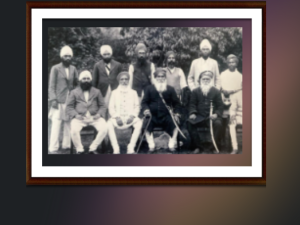Nihang Singh represents a Sikh warrior embodying the virtues of fearlessness, bravery, and martial prowess. The term "Nihang" originates from Sanskrit, meaning "fearless" or "unwavering." These warriors have a rich history dating back to the time of Guru Hargobind Sahib and Guru Gobind Singh Ji, who emphasized the martial spirit among Sikhs to defend against oppression and tyranny. Nihang Singhs are known for their distinctive attire, which includes a unique style of turban, weaponry such as swords and spears, and adherence to strict codes of conduct and discipline.
Hola Mahalla is a Sikh festival initiated by Guru Gobind Singh Sahib in 1700 AD as an alternative to the Hindu festival of Holi. It was designed to foster a sense of martial spirit, solidarity, and discipline among the Khalsa. During Hola Mahalla, Sikhs engage in military exercises, mock battles, and demonstrations of martial arts skills to commemorate the valor and bravery of the Khalsa. The festival serves as a reminder of the Khalsa's commitment to defending righteousness and standing against oppression and injustice.
The turban, known as "Dastar" in Sikh tradition, is not merely a piece of cloth but a symbol of honor, dignity, and religious identity. Introduced by Guru Gobind Singh Sahib, the turban signifies a Sikh's commitment to upholding Sikh values, principles, and the Sikh way of life. Sikhs wear the turban with pride, as it distinguishes them as members of the Khalsa and serves as a visible representation of their faith and beliefs.
Gargaj Bole refers to the unique language and expressions used by Nihang Singhs, characterized by wit, intelligence, and sophistication. Developed during Nawab Kapur Singh's era, Gargaj Bole served as a covert communication method among Sikh guerrilla fighters, confounding enemies and aiding in strategic maneuvers. This distinct form of communication reflects the resourcefulness and adaptability of Nihang Singhs in navigating challenging circumstances while maintaining their resilience and determination.
Guerrilla warfare refers to a form of irregular warfare characterized by small, mobile units using ambushes, sabotage, and hit-and-run tactics to harass and weaken a larger, conventional enemy force. Nihang Singhs employed guerrilla tactics as a means of resistance against oppressive regimes, rooted in Sikh ideology and principles of justice and righteousness. Their guerrilla activities were strategically planned and executed, emphasizing mobility, surprise attacks, and ideological resilience to defend Sikh values and protect their community's interests against external threats.
In conclusion, the rich tapestry of Sikh martial tradition, epitomized by the Nihang Singh culture and guerrilla warfare strategy, reflects a deep-seated commitment to defending righteousness and upholding Sikh values. From the fearless warriors of Hola Mahalla to the symbolic significance of the turban (Dastar) as a beacon of honor and identity, Sikhs have demonstrated unwavering courage and resilience in the face of adversity. The evolution of Gargaj Bole as a unique form of communication and the strategic deployment of guerrilla tactics underscore the resourcefulness and adaptability of Sikh warriors throughout history. Thus, the legacy of Sikh martial tradition serves as a testament to the indomitable spirit and unwavering dedication of the Khalsa in safeguarding justice and promoting peace.





